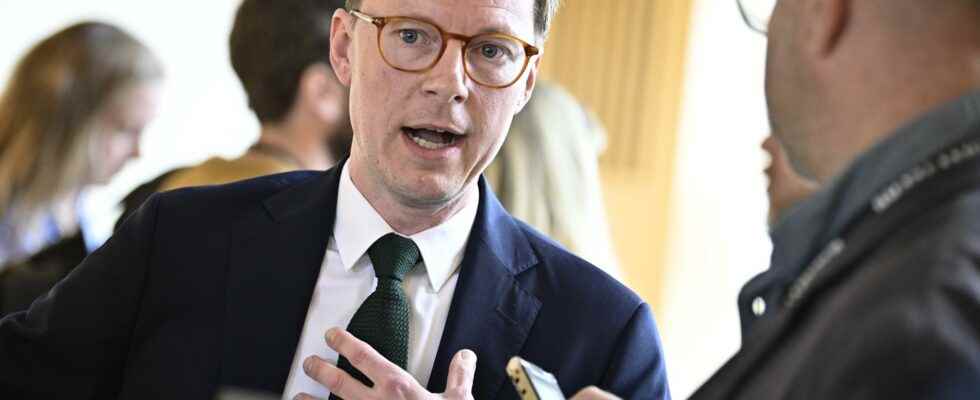Published: Less than 20 min ago
The government wants to introduce a high-cost protection for electricity. Totally insufficient, the Liberals believe.
– There will be support for households this winter if our side takes power on September 11, says the party’s financial spokesperson Mats Persson.
The electricity proposals are coming from the Riksdag parties. Today the government made its move.
The Social Democrats want the up to 60 billion that Svenska kraftnät receives via so-called bottleneck revenues to ease the burden on Swedish households and companies.
– It is insufficient. We share the principle that the excess profits the state now makes should go back to households, but the state also has large VAT revenues, says Mats Persson, spokesperson for economic policy.
L: Can promise support
The Liberals want to temporarily lower the VAT on electricity from 25 to 6 percent. According to the party, it would provide a tax break of SEK 16 billion for households. At the same time, they want to lower the electricity tax permanently.
He can promise support for households this winter if the right-wing bloc takes power after the election.
– It will come, says Persson.
The center’s energy policy spokesperson Rickard Nordin says he is prepared to look at the government’s proposal for high-cost protection.
– I am prepared to look at it. I am very happy to receive more information and if it can be long-term, that is good. At the same time, we must also solve the basic problem. We need more efficiency, production and transmission.
The center party has proposed that the bottleneck fees that Svenska kraftnät receives are used for counter-trade by, for example, buying up local biopower.
MP: Reasonable
The Green Party’s spokesperson Per Bolund is also spontaneously positive about the government’s proposal.
– I think it is a reasonable starting point and there is no doubt that we need to help households in the current situation, but the government forgets about energy efficiency.
The MP wants the money from Svenska kraftnät to be able to be used to cover 80 percent of the cost of, for example, changing to triple-glazed windows or from direct-acting electricity.
– It is important to get at the basic problem, that we have high electricity use, sometimes higher than is necessary, says Bolund.
